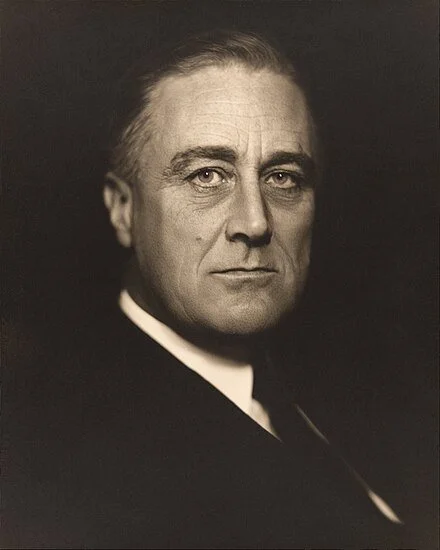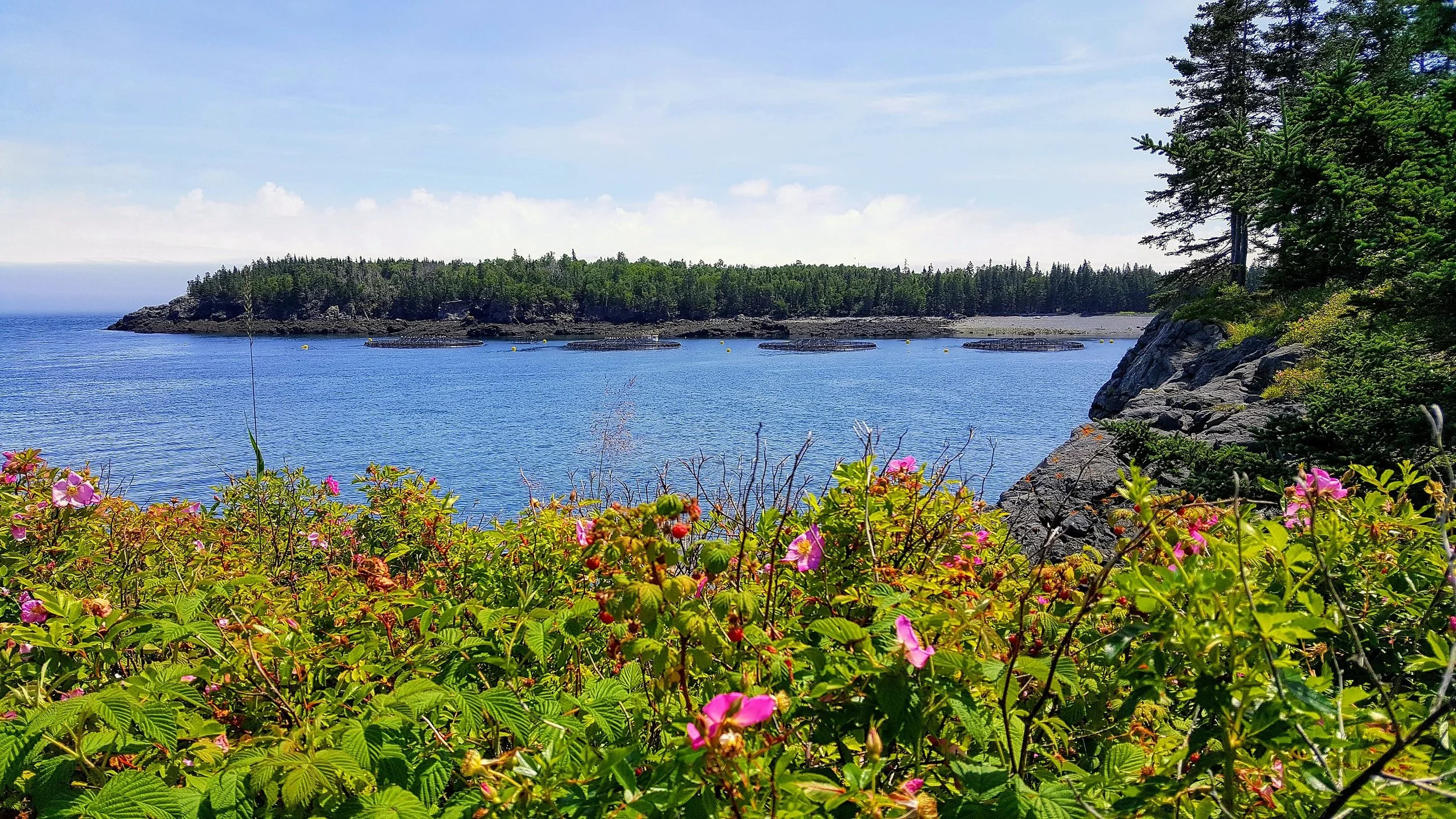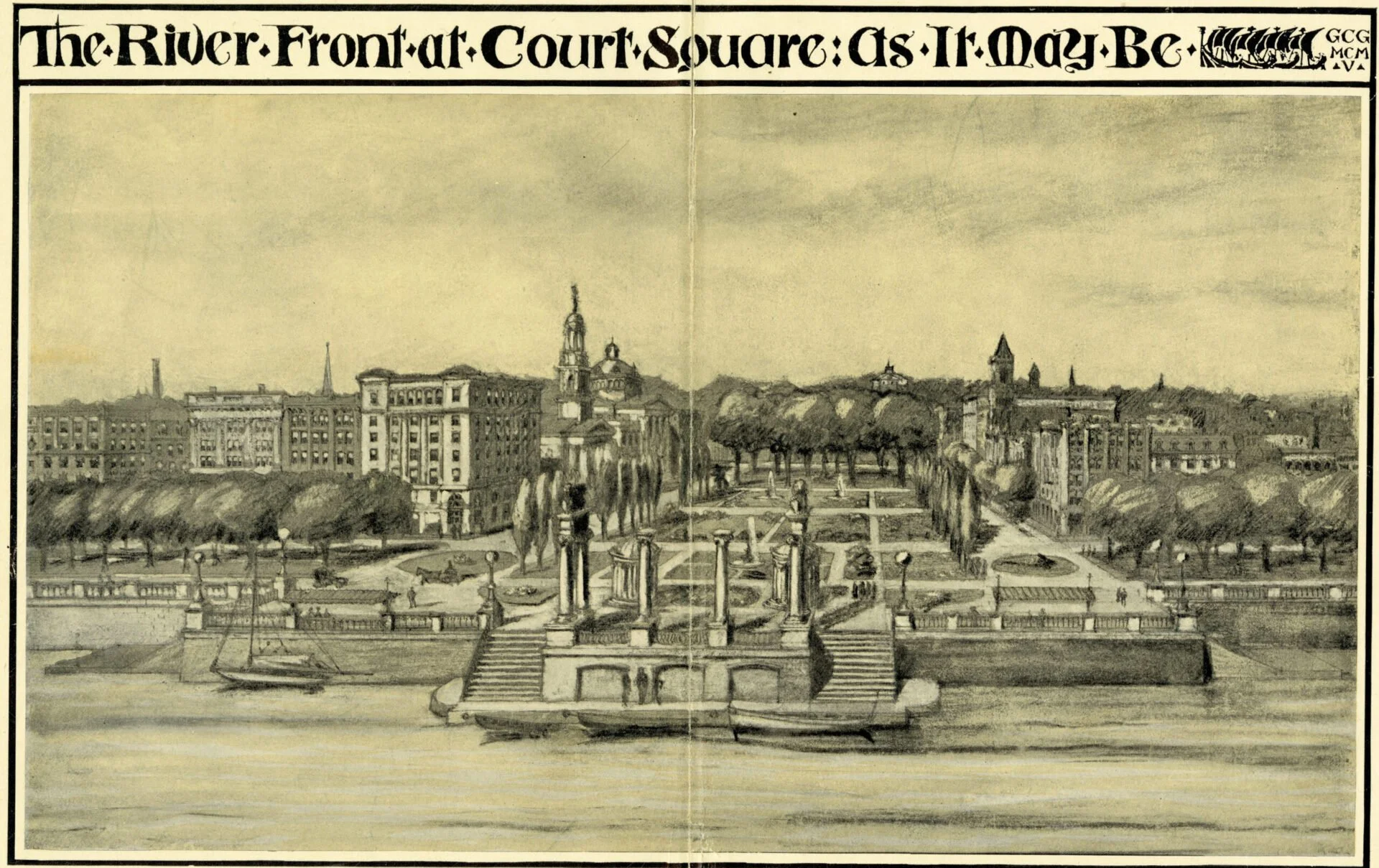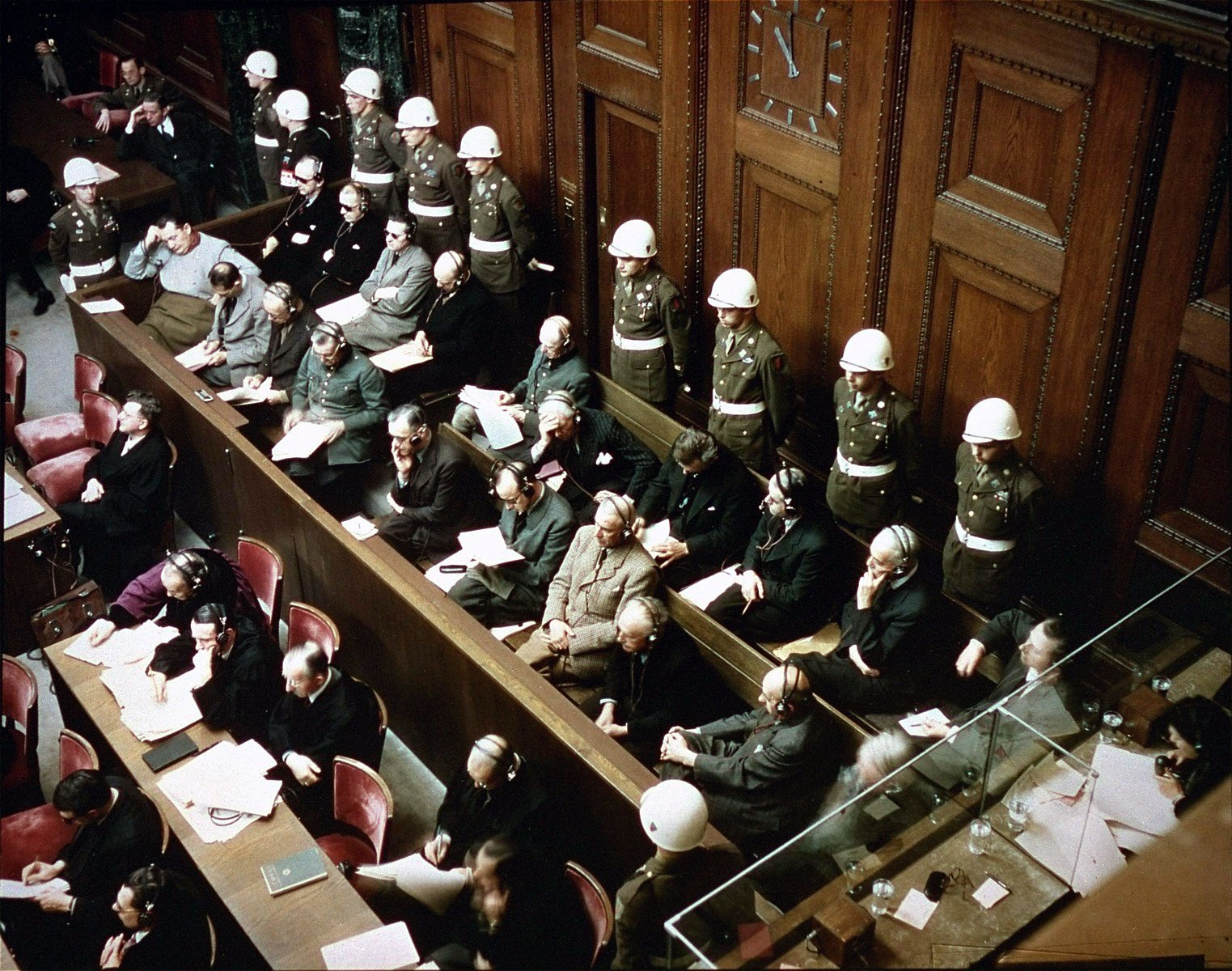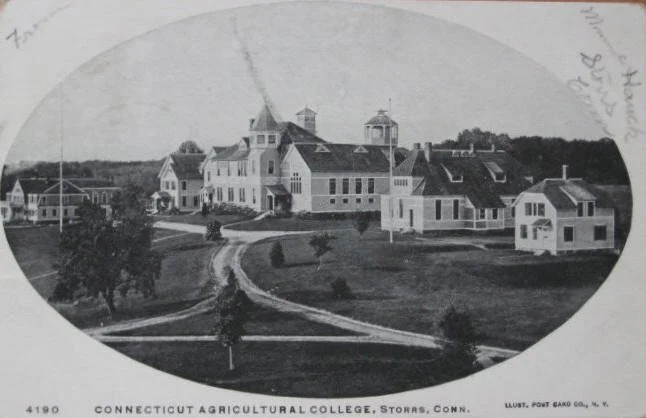Pro-Palestinian demonstration by students near Harvard University, in Cambridge, Mass.
MANCHESTER, Conn.
College is back in session and students are returning not just to their studies but also to protests on campus about the war in Gaza. At the University of Connecticut at Storrs, Yale University in New Haven, and other institutions, students are chanting and carrying signs reading "Free Palestine!"
Journalism not being what it used to be, since literacy and civic engagement aren't either, no one seems to be asking the students exactly what they mean by "Free Palestine!" and how that objective should be achieved.
So how do the student protesters define Palestine? Do they define it as most Palestinians themselves do, as encompassing the land "from the river to the sea" -- the land between the Jordan River and Mediterranean -- thus liquidating Israel, as Palestinians often have tried to do in war since the area was partitioned into Jewish and Arab sections by resolution of the United Nations in 1948, and as they are doing again now?
Do the student protesters define Palestine as something that leaves room for Israel -- a Palestine consisting of Gaza, which Israel evacuated in 2005, and the "occupied West Bank," the land between Jordan and Israel proper, most of which Israel agreed to evacuate during negotiations sponsored by President Bill Clinton in 2000?
If the student protesters define Palestine as the Clinton plan did, they might want to ask the people on whose behalf they're protesting why they can't accept such a compromise even now that the war that Gaza launched against Israel last October has brought catastrophic bloodshed and ruin to the territory. The students should explain why Palestinian irredentism is worth so much.
And what do the student protesters mean by "free"? Do they mean civil liberties -- speech, press, assembly, religion, due process of law, women's rights, and sexual orientation -- liberties enjoyed in the United States, Western Europe, and Israel, but not in Gaza and West Bank areas under Palestinian control, nor, indeed, anywhere in the Arab world? If that's what the student protesters mean, they should go to Gaza or the West Bank and try to exercise such freedoms there, after making provision for the transport home of their corpses.
Or do the student protesters understand "free Palestine" as most Palestinians appear to understand it -- a land free of Jews, a land free to attack a neighboring state and people, bombarding, murdering, raping, and kidnapping whenever the necessary strength has been regained during another "ceasefire"?
Yes, the war in Gaza is horrifying. But then wars against totalitarians seldom can be won politely. The war against the totalitarian aggressors of World War II, Germany and Japan, were won only by leveling both countries, killing millions of civilians, and then remaking the totalitarian societies through long military occupations.
If the student protesters think there is another way, they should spell it out and offer it to the warring parties. They may find, as Clinton did, that making peace requires more than pious hand-wringing on a peaceful campus far away from cutthroats whose hatred and brutality far surpass anything the students can imagine.
TREATMENT ISN'T ENOUGH: School officials and social workers report that Connecticut is facing an epidemic of mental illness among young people -- not just teens in high school but also children in elementary and middle school. There is clamor for state government to spend more for treatment and school mental-health clinics, as if that will solve the problem.
Little attention is being paid to the cause of the youth mental-illness epidemic. The recent virus epidemic and its disruption of school and home life is an easy explanation, but that epidemic is long over. Something else must be wrong. Child neglect was already bad when the virus struck. Because inflation soared during much of the time since the epidemic started, real incomes for many have fallen. That may have worsened neglect.
Treatment isn't enough. The General Assembly and Gov. Ned Lamont should strive to discern and eradicate the causes of youth mental illness.
Chris Powell has written about Connecticut government and politics for many years (CPowell@cox.net).




